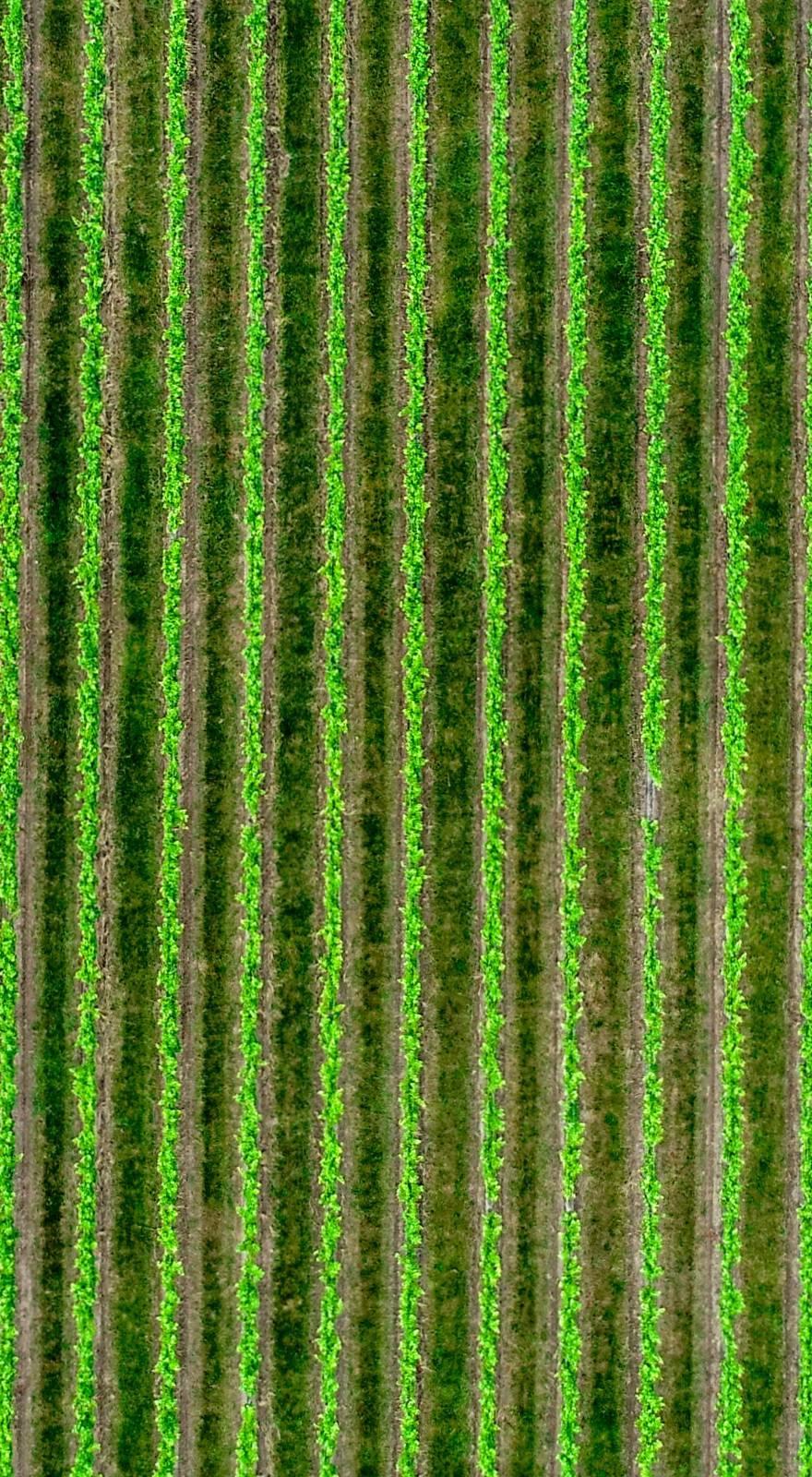Knowde Enhanced TDS
Identification & Functionality
- Agrochemical Functions
- Technologies
- Product Families
- Declared Content (%p/p)
- 30% Total organic matter.
- 17.4% Organic carbon (C).
- 2% Phosphorus pentoxide (P2O5) soluble in water.
- 4% Potassium oxide (K2O) soluble in water.
- 5% Sulfur trioxide (SO3) soluble in water.
- 0.3% Iron (Fe) soluble in water.
Features & Benefits
- Labeling Claims
- Agrochemicals Features
- Product Highlights
This formulation contains a high concentration of fulvic acids and the highest amount of organic carbon in this range of products. It is particularly suitable for soils poor in organic matter, example sandy soils. Organic carbon is vital to the soil's ability to support an edaphic ecosystem. The condition of this capacity is called soil health, a term that refers to the value of understanding the soil as a living system and not as an abiotic component.
Total organic carbon influences many soil characteristics, such as color, nutrient holding capacity (cation and anion exchange capacity), nutrient turnover and stability, and also microbial activity, since organic carbon is a food source for microorganisms. All these parameters in turn influence the relationship between water, aeration and workability.
The organic carbon content of a soil can be easily measured and is a valuable indication of the chemical potential of a soil.
Applications & Uses
- Markets
- Applications
- Applicable Crop
- Application Technique
- Instructions for Use & Application
- Fruit trees and olive trees: Carry out a treatment during budding or flowering, a second treatment after flowering and a third during the development of the fruit at a rate of 15-40 l/ha (fertigation) or 20-50 l/ha (total coverage) or 500-1000 ml/hl (foliar).
- Citrus: Carry out a treatment during budding or flowering, a second treatment after flowering and a third during fruit development at a rate of 25-60 l/ha (fertigation) or 30-75 l/ha (total coverage) or 750-1500 ml/hl (foliar).
- Vineyard: Carry out a treatment during budding or flowering, a second treatment after flowering and a third during fruit development at a rate of 20-50 l/ha (fertigation) or 25-65 l/ha (total coverage) or 600-1250 ml/hl (foliar).
- Horticultural: Carry out a treatment one week after sowing or transplanting and carry out 2-3 more treatments during the crop cycle at intervals of 15 to 30 days at a rate of 15-40 l/ha (fertigation) or 20-50 l /ha (total coverage) or 500-1000 ml/hl (foliar).
- Field nursery: Make two monthly applications at a rate of 25-60 l/ha (fertigation) or 30-75 l/ha (total coverage) or 750-1500 ml/hl (foliar).
- Nursery in pot: Make two monthly applications at a rate of 0.3-0.8 ml/pot (fertigation) or 750-1500 ml/hl (foliar).
- Lawn: Make a monthly application in spring and summer at a rate of 20-25 l/ha (total coverage) or 500-750 ml/hl (foliar).
Note: These recommendations are of a general and indicative nature, and must be adapted by a qualified technician based on agronomic and edaphoclimatic factors.
Properties
- Physical Form
Regulatory & Compliance
- Certifications & Compliance
Packaging & Availability
- Packaging Type
- Availability
- 1l
- 5l
- 20l
- 1000l

